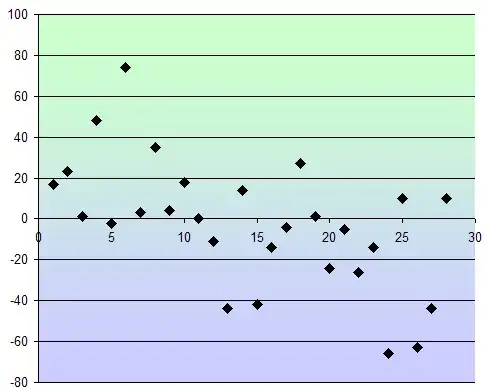This could be encrypted with any key length that is equal or longer than 28 characters (sum of lengths of ciphertext you provided) and as such unsolvable. The character variation between the plaintext CANDY VERY CRANBERRYhttphttp and its ciphertext TXOtWjYhVk 8&O$4AmSAcZf.r5Hz is:
17,23,1,48,-2,74,3,35,4,18,0,-11,-44,14,-42,-14,-4,27,1,-24,-5,-26,-14,-66,10,-63,-44,10
or visually in a scatter plot:

I don't see any pattern in it. The encryption is obviously not a simple letter substitution, otherwise same plaintext characters would translate into same ciphertext characters. The function could still be a simple modulo n + shift k though. For example, using n of 32 and k of -80, the key (or rather the first 28 characters of a key of unknown length) could be:
agQ`NZSSTbPED^FBLkQ8K6BNZ1DZ
Or agQXNrSsTbPEL^NBLkQ8K6B6Z9LZ with 40 -80 respecitvely. Of course, there are countless values of n and k that produce 28 printable character strings, and we can't say for sure only printable characters are accepted for the key either, or indeed that this is the encryption method used. Scatter plot suggests good randomness, which doesn't exclude advanced encryption algorithms such as AES, but nether it does a running key cipher or, as @Luc mentiones in the comments, one-time pad where the key used is at least as big as plaintext.
Your question is thus - with the data you provided being insufficient to detect any patterns or repetition - unsolvable.
